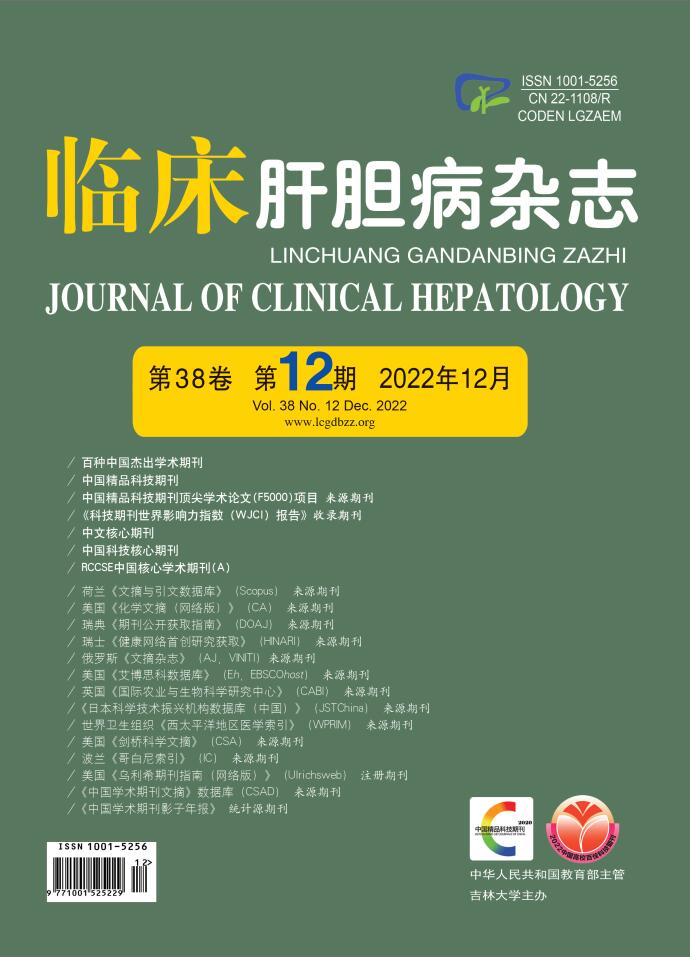| [1] |
|
| [2] |
LAN N, LU Y, ZHANG Y, et al. FTO - A common genetic basis for obesity and cancer[J]. Front Genet, 2020, 11: 559138. DOI: 10.3389/fgene.2020.559138. |
| [3] |
KOLAČKOV K, ŁACZMAŃSKI Ł, LWOW F, et al. The frequencies of haplotypes of FTO Gene variants and their association with the distribution of body fat in non-obese poles[J]. Adv Clin Exp Med, 2016, 25(1): 33-42. DOI: 10.17219/acem/60645. |
| [4] |
HUANG S, QIN P, CHEN Q, et al. Association of FTO gene methylation with incident type 2 diabetes mellitus: A nested case-control study[J]. Gene, 2021, 786: 145585. DOI: 10.1016/j.gene.2021.145585. |
| [5] |
BOIKO AS, POZHIDAEV Ⅳ, PADERINA DZ, et al. Search for possible associations of FTO gene polymorphic variants with metabolic syndrome, obesity and body mass index in schizophrenia patients[J]. Pharmgenomics Pers Med, 2021, 14: 1123-1131. DOI: 10.2147/PGPM.S327353. |
| [6] |
LI S, WANG X, ZHANG J, et al. Exenatide ameliorates hepatic steatosis and attenuates fat mass and FTO gene expression through PI3K signaling pathway in nonalcoholic fatty liver disease[J]. Braz J Med Biol Res, 2018, 51(8): e7299. DOI: 10.1590/1414-431x20187299. |
| [7] |
CHENG L, YU P, LI F, et al. Human umbilical cord-derived mesenchymal stem cell-exosomal miR-627-5p ameliorates non-alcoholic fatty liver disease by repressing FTO expression[J]. Hum Cell, 2021, 34(6): 1697-1708. DOI: 10.1007/s13577-021-00593-1. |
| [8] |
LIM A, ZHOU J, SINHA RA, et al. Hepatic FTO expression is increased in NASH and its silencing attenuates palmitic acid-induced lipotoxicity[J]. Biochem Biophys Res Commun, 2016, 479(3): 476-481. DOI: 10.1016/j.bbrc.2016.09.086. |
| [9] |
MIZUNO TM. Fat mass and obesity associated (FTO) gene and hepatic glucose and lipid metabolism[J]. Nutrients, 2018, 10(11): 1600. DOI: 10.3390/nu10111600. |
| [10] |
|
| [11] |
STEFAN N, HÄRING HU, CUSI K. Non-alcoholic fatty liver disease: causes, diagnosis, cardiometabolic consequences, and treatment strategies[J]. Lancet Diabetes Endocrinol, 2019, 7(4): 313-324. DOI: 10.1016/S2213-8587(18)30154-2. |
| [12] |
National Workshop on Fatty Liver and Alcoholic Liver Disease, Chinese Society of Hepatology, Chinese Medical Association, Fatty Liver Expert Committee, Chinese Medical Doctor Association. Guidelines of prevention and treatment for nonalcoholic fatty liver disease: A 2018 update[J]. J Clin Hepatol, 2018, 34(5): 947-957. DOI: 10.3969/j.issn.1001-5256.2018.05.007. |
| [13] |
LIU Q, LIU SS, ZHAO ZZ, et al. TRIB1 rs17321515 gene polymorphism increases the risk of coronary heart disease in general population and non-alcoholic fatty liver disease patients in Chinese Han population[J]. Lipids Health Dis, 2019, 18(1): 165. DOI: 10.1186/s12944-019-1108-2. |
| [14] |
TRÉPO E, VALENTI L. Update on NAFLD genetics: From new variants to the clinic[J]. J Hepatol, 2020, 72(6): 1196-1209. DOI: 10.1016/j.jhep.2020.02.020. |
| [15] |
WIJARNPREECHA K, PANJAWATANAN P, LEKUTHAI N, et al. Hyperuricaemia and risk of nonalcoholic fatty liver disease: A meta-analysis[J]. Liver Int, 2017, 37(6): 906-918. DOI: 10.1111/liv.13329. |
| [16] |
ELOUEJ S, NAGARA M, ATTAOUA R, et al. Association of genetic variants in the FTO gene with metabolic syndrome: A case-control study in the Tunisian population[J]. J Diabetes Complications, 2016, 30(2): 206-211. DOI: 10.1016/j.jdiacomp.2015.11.013. |
| [17] |
INANDIKLIOǦLU N, YAŞAR A. Association between rs1421085 and rs9939609 polymorphisms of fat mass and obesity-associated gene with high-density lipoprotein cholesterol and triglyceride in obese Turkish children and adolescents[J]. J Pediatr Genet, 2021, 10(1): 9-15. DOI: 10.1055/s-0040-1713154. |
| [18] |
WANG L, YU Q, XIONG Y, et al. Variant rs1421085 in the FTO gene contribute childhood obesity in Chinese children aged 3-6 years[J]. Obes Res Clin Pract, 2013, 7(1): e14-e22. DOI: 10.1016/j.orcp.2011.12.007. |
| [19] |
GU Z, BI Y, YUAN F, et al. FTO Polymorphisms are associated with metabolic dysfunction-associated fatty liver disease (MAFLD) susceptibility in the older Chinese Han Population[J]. Clin Interv Aging, 2020, 15: 1333-1341. DOI: 10.2147/CIA.S254740. |
| [20] |
HEBBAR P, ABU-FARHA M, MOHAMMAD A, et al. FTO variant rs1421085 associates with increased body weight, soft lean mass, and total body water through interaction with ghrelin and apolipoproteins in Arab population[J]. Front Genet, 2019, 10: 1411. DOI: 10.3389/fgene.2019.01411. |







 DownLoad:
DownLoad: